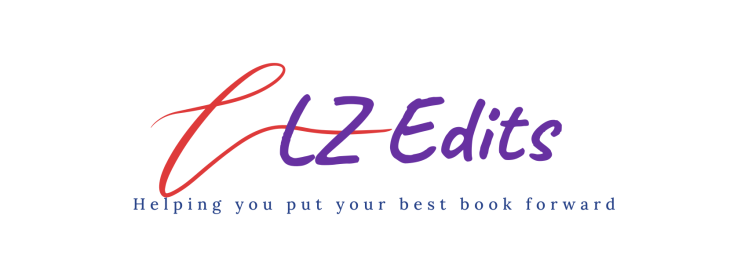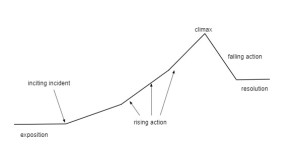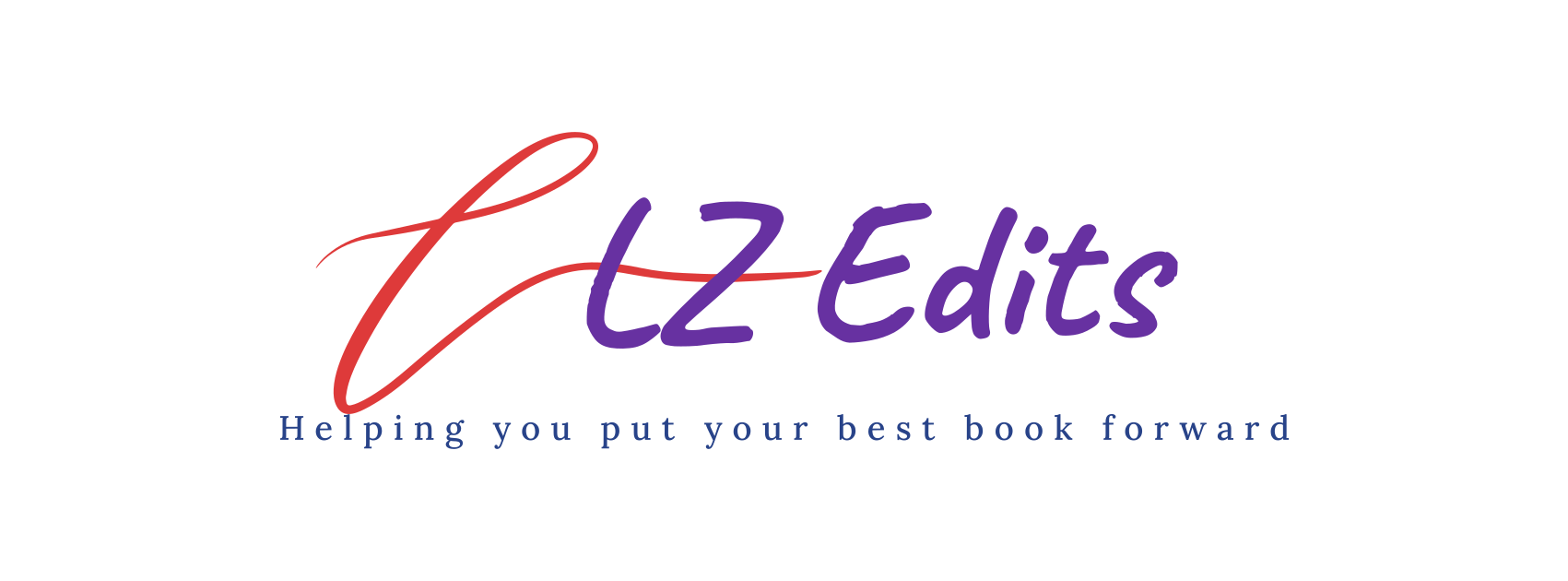
Navigating to a new newsletter plan. My quarter 1 business analysis found that paying for my newsletter wasn’t as cost effective as it could be. So I’ve migrated my few subscribers (thanks to all of you!) to my website. I still won’t deluge you with content, only sending out a newsletter/post once a month. ~ LZ
Sections
Writing Advice

In keeping with the relaunch concept, I’m going to start with plot development advice. Even if you’re a pantser, this advice will help you understand the major elements of storytelling, so you avoid having to do time-consuming rewrites from writing yourself into a corner.
The core of nearly any story can be framed by the following:
Character A wants something (STORY GOAL) for reasons (MOTIVATION). They then face obstacles either internally or externally (CONFLICTS), interact with people who either help (ALLY) or hinder (ANTAGONIST), all of which comes to a “can’t go back” moment (CLIMAX) on their way to a satisfying (reader expectation) emotional RESOLUTION.
Cinderella wants to attend the Prince’s ball because she doesn’t want to live a life of drudgery. A few animal friends help her get to the ball because it will show they appreciate what she has done for them (they are aided by a fairy godmother). Her stepmother and stepsisters don’t want her to go to the ball because they believe she will outshine them and their own goal to attract the prince’s attention will be thwarted. Getting to the ball after many obstacles, Cinderella does indeed attract the prince’s attention, but her fear of discovery causes her to flee. When the prince comes looking for the mysterious young woman who captured his heart (and lost her shoe), Cinderella tries to meet him halfway – only for the stepmother to break the shoe. Except Cinderella has the partner in her pocket. Happy Ending – the reader expectation for a romance – when the prince places it on her foot and asks her to marry him.
If you are able to write your story idea using this structure, you have most of what you need to begin writing your story. Note: If you don’t know what the reader expectation is going to be, you may need to read up on genres and tropes to figure out what reader expectations are for the story you’re planning to write. Don’t skip this step; it will help shape your story idea.
Final note: If you’re not sure of the meaning of the terms in parentheses, check out this post.
Editing Advice
A note for RWA members. I have an article in the April 2024 issue of Romance Writers Report titled “Tighten Your Writing.” (you must log in to your RWA account to read it)

First draft done? This column will help you self-edit, targeting and fixing big picture issues, so your editor will be able to focus on the finer details that, as the author, are harder to see objectively. This month: how to locate and fix scenes so they further some aspect of your main character’s goal.
- First, write down what the character’s STORY GOAL is – as you FIRST imagined it.
- Then, write down what specific event(s) in the character’s BACKSTORY or CURRENT SITUATION make this goal CRUCIAL to their personal happiness. You want to know what they fear most as a negative outcome if they were to be unsuccessful reaching their goal.
- Now, acting like a psychologist, write down why the character would RESIST any necessary step(s) to achieve their goal. For example, if they want a promotion to better their financial situation, why can’t they just walk into the boss’s office and ask for one? Or why haven’t they pulled the trigger and walked out on their current horrible job to look for another one? The key here is to identify the INTERNAL CONFLICT, such as lack of self-esteem, and EXTERNAL CONFLICT, a grumpy, penny-pinching boss, that stand in their way.
Armed with these issues, you can look at all the scenes leading up to the CLIMAX for details that revealing the GOAL, MOTIVATION, and INTERNAL and EXTERNAL CONFLICTS that are shown in the narrative, dialogue, and actions of every scene.
If you are writing a DUAL POV story (two protagonists; such as two people who will fall in love), do this in segments. Go through all the scenes written in Character 1’s POV for “pass 1,” and then go through all the scenes written in Character 2’s POV for “pass 2.”
Scenario 1 – overstatement of goal
Subtlety is a lost art. But learning it can be a true game changer that will move you from beginning to advanced authorship. You do not need to have a character restate their story goal in every scene. Remove blunt mentions in dialogue and description. Try for something subtler, like changing out direct dialogue for one bit of diffident body language and a vague internal thought. In another place, let the character show they fear that failure at this step will set them back instead of having them outright state it.
Scenario 2 – no statement of goals
If you find no mention or suggestion of the story goal, or a scene goal, in a particular scene, you may have a plot pause. Characters are certainly allowed to have their feelings, and moments of introspection, but let it go too long and you will dead-end your momentum and lose readers. But you should be furthering the external plot (finding the mcguffin) or internal plot (finding happiness) in every scene.
If you still need the pause — to lower the tension level for a “breather” in a suspense or thriller — you can quickly make the scene useful once again. Near the end of the scene, have the character find something or learn something that makes their PLAN ahead feel endangered. It will only take ONE sentence to reintroduce the story STAKES (what will be lost if the story goal isn’t achieved) before the end of the scene.
Though many types of scenes can be guilty of this, sex scenes are the worst offenders for stopping a plot in its tracks. If you’re caught up in the mechanics of sex and not writing the emotional reactions to that sex, you are not developing the internal emotional plot. If your characters don’t get out of bed long enough to remember they’re being hunted by a killer, you’re unrealistically pausing the external plot.
More reading: This post discusses scene goals in the larger context of the story goal with an example that should help you see your own scene(s) in a new light.
Service Availability
I have a couple remaining openings for moderate length (50-80k) copy edits that can start in either May or June 2024. If you are looking to publish in July or August, this is the perfect time to schedule your edit. Contact me through the website.
~ Lara

Discover more from LZ Edits | Editing Services
Subscribe to get the latest posts to your email.

